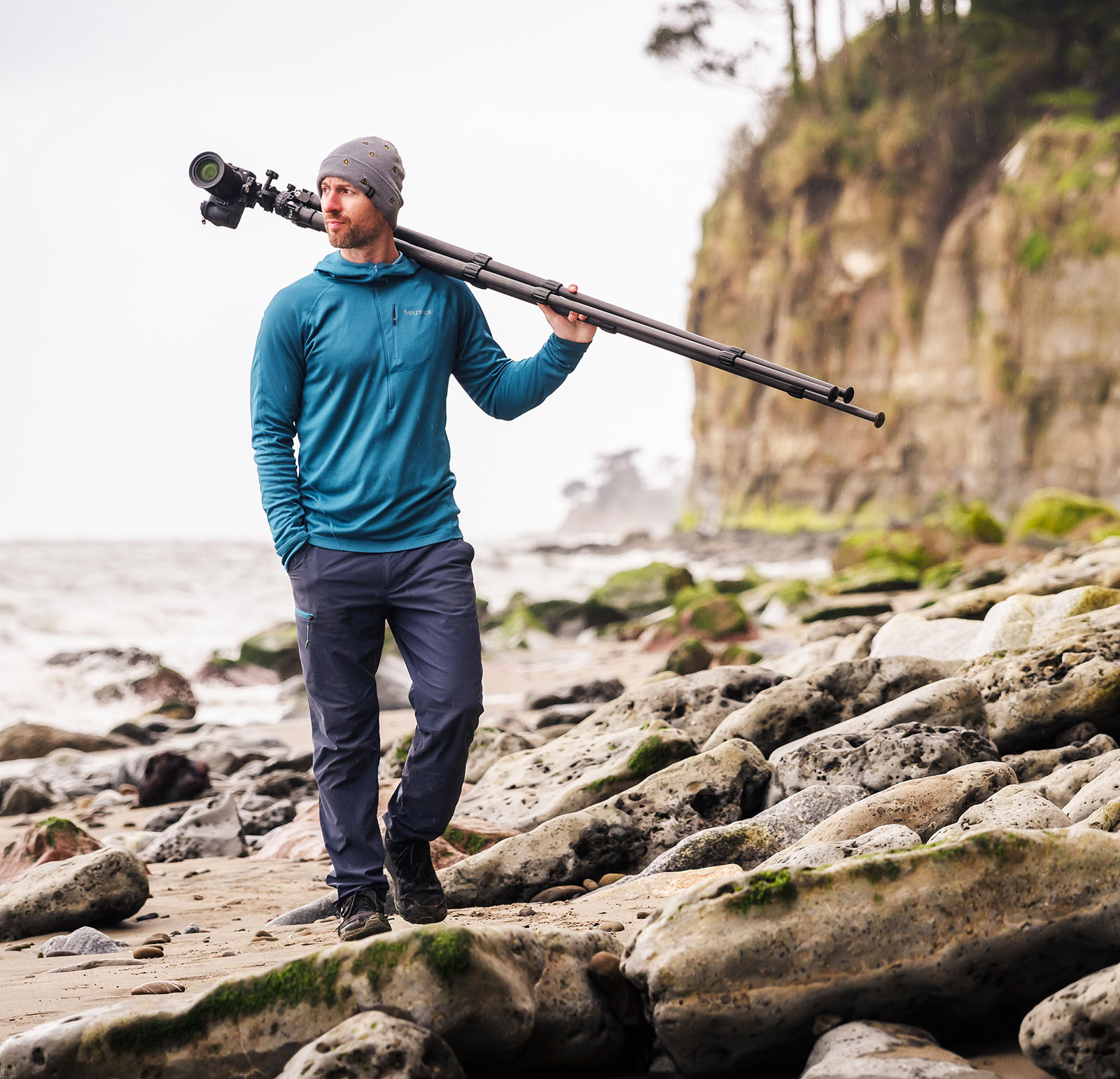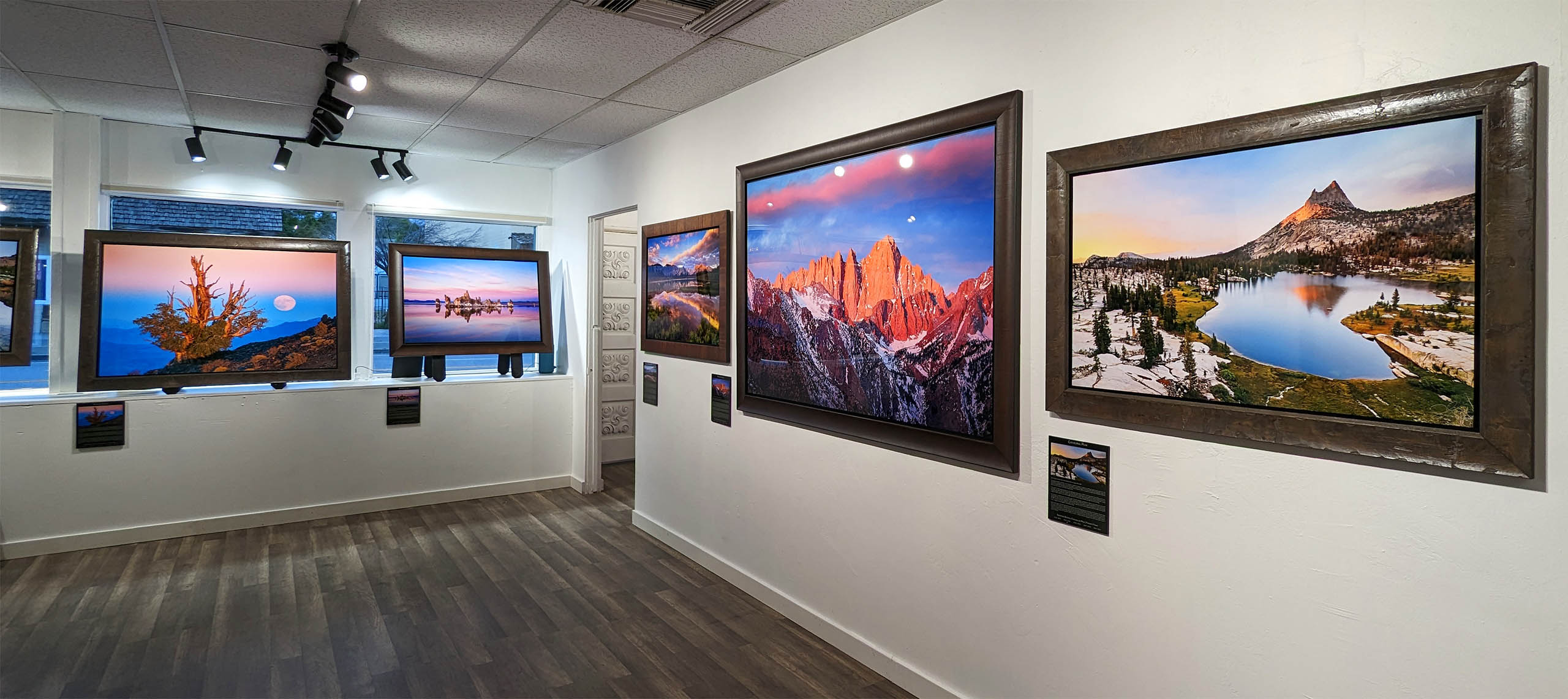Want photos that are tack-sharp from front to back? Well that’s as easy as manually removing a corn-syrup based, artificially-flavored confectionery product from the infantile grasp of a newly-born homo sapiens. Greetings, humans. Josh Cripps here with Professional Photography Tips showing how you can nail the focus and depth of field in your landscape photos to get everything sharp from front to back.
To get sufficient depth of field back in the old days of film you had to rely on an in-depth understanding of the theory of focal lengths, apertures, and hyperfocal distances. Then once you’d dialed in your compositions and settings you’d squint through the viewfinder, hold down the depth of field preview button, and hit go.
Now this is still a totally acceptable way to get good DOF for your shots, and paired with enough experience this technical approach can yield wonderful results. But thanks to the advent of digital cameras we now have a tool that makes getting the right focus and DOF even easier, and much less technical: and that tool is live view. Here’s how it works:
Be aware that the more you stop down the softer the details in your photo will become, not because of focus, but because of something called diffraction. Compare these details shot at f/22 versus these shot at f/8. So you may reach a point of diminishing returns where your image just doesn’t get any sharper.
And in some situations you might also reach the physical limits of your lens. You’ve stopped all the way down and either your background or foreground is still out of focus. So what do you do? In this case you have three good options:
As always, thanks for watching! Soon we’ll be looking at exactly how to get that amazing silky look while shooting waterfalls so be sure to subscribe.


Joshua Cripps is a renowned landscape photographer who has garnered worldwide acclaim for his breathtaking images of our planet’s wild places. His photos have been published by the likes of National Geographic, NASA, CNN, BBC, and Nikon Global.

The Mt. Whitney Gallery was founded in 2023 by Joshua Cripps as a way to share his passion stunning landscapes of the Sierra Nevada and beyond.
Set at the foot of the breathtaking Sierra with a view of the range’s highest peaks, the gallery features large format, museum-caliber fine art prints of Josh’s signature photographs.
Course Login | Results Disclaimer | Terms and Conditions | Privacy Policy
© Copyright – Joshua Cripps Photography

4 Responses
Thank you! This was so helpful…..as are all your tutorials.
Cheers, Christoph! Glad you find the vids helpful. All the best,
Josh
Thank for the tips.
i dont shoot landscape very often and sometime i encounter these issues with where to focus in a wider scene.
Cheers
You’re welcome!